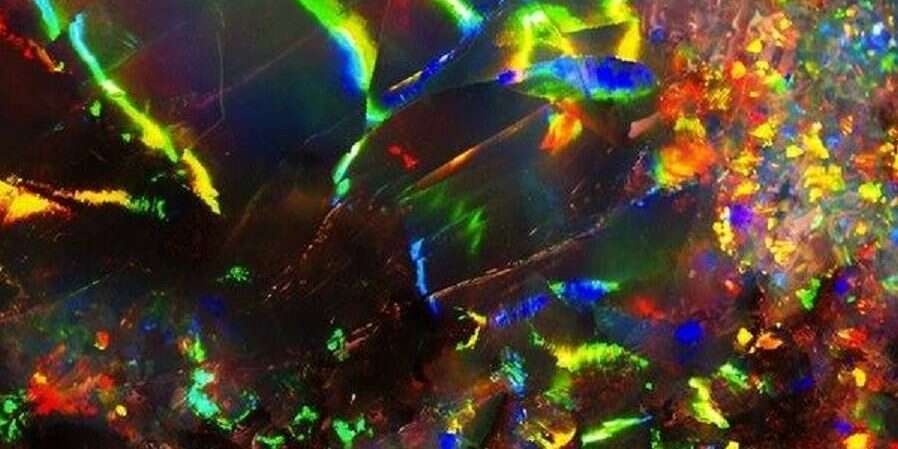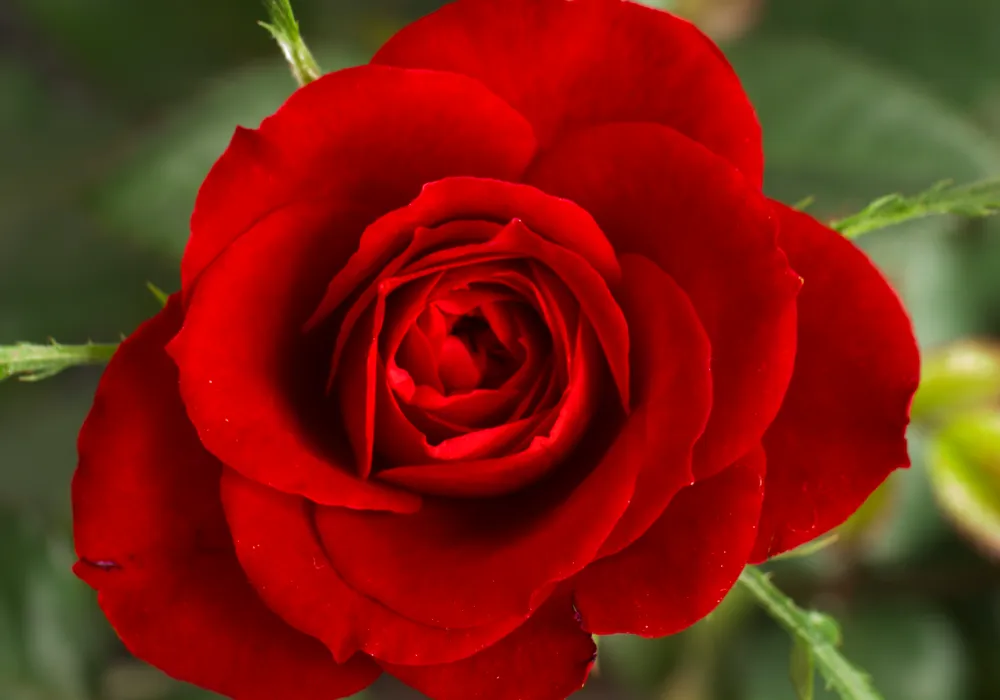Excerpt from “Perfume: The Alchemy of Scent” by Jean-Claude Ellena (pgs. 36-38)
Odor Classifications
To help beginners memorize odors, different perfume companies have created various classifications. The one I provide is based around nine categories of odor.
- Flowers. They are subdivided into five groups.
- Rose Flowers: This group, which includes rose e.o.[1], geranium e.o., and the odor of hyacinth, lily of the valley, and peony, is characterized by the fragrance of two components of these flowers – phenylethyl alcohol and geraniol.
- White Flowers: This group is determined by the combination of two molecules – methyl anthranilate and indole – that characterize the absolutes of orange flower, jasmine, and tuberose, but also the aromas of sweet pea, gardenia, and honeysuckle.
- Yellow Flowers: This group is defined by the presence of ionone beta, a molecule produced by the breakdown of the pigment carotene, which is responsible for the color of flowers like freesia and wallflower, extracts of which are in cassia absolute and osmanthus absolute.
- Exotic or Spiced Flowers: This group is defined by the combination of benzyl salicylate and eugenol, which is present in the odor of carnations and lilies and as a component in ylang-ylang e.o.
- Anise Flowers: This group includes mimosa absolute and the odors of lilac and wisteria. They are created using anisic aldehyde or heliotropin.
- Fruits. They are subdivided into three groups.
- Citrus: Lemon e.o., bergamot e.o., orange e.o.
- Orchard Fruits: Aldehyde C-14 (called peach), fructone.
- (Soft) Fruits: Black currant absolute, frambinone.
- Woods. They are divided into five groups.
- Sandal: Sandalwood e.o.
- Patchouli: Patchouli e.o.
- Vetiver: Vetiver e.o., vetiveryl acetate.
- Cedar: Virginia cedarwood e.o., Atlas cedarwood e.o.
- Lichen: Oak moss absolute.
- Grasses. They are subdivided into three groups.
- Green or fresh-cut grass: Hexenol, galbanum e.o.
- Aromatic: Lavender e.o., rosemary e.o., thyme e.o.
- Aniseed: Basil e.o., tarragon e.o., anise e.o.
- Spices. They are divided into two groups: cool spices and hot spices.
- Cool Spices: Pepper e.o., cardamom e.o., nutmeg e.o., pink pepper rose e.o.
- Hot Spices: Cinnamon e.o., clove e.o., pimento e.o.
- Sweet Products. They are subdivided into three groups.
- Vanillas: Vanilla absolute, vanillin, benzoin resinoid.
- Coumarins: Tonka bean absolute, coumarin.
- Musks: Synthetic musks.
- Animal Products. They are subdivided into three groups.
- Ambers: Labdanum absolute, cistus e.o.
- Castoreums: Castoreum absolute, birch tree e.o.
- Civets: Civet, skatole, indole.
- Marine Products: Seaweed absolute, calone.
- Minerals: Aledhydes.
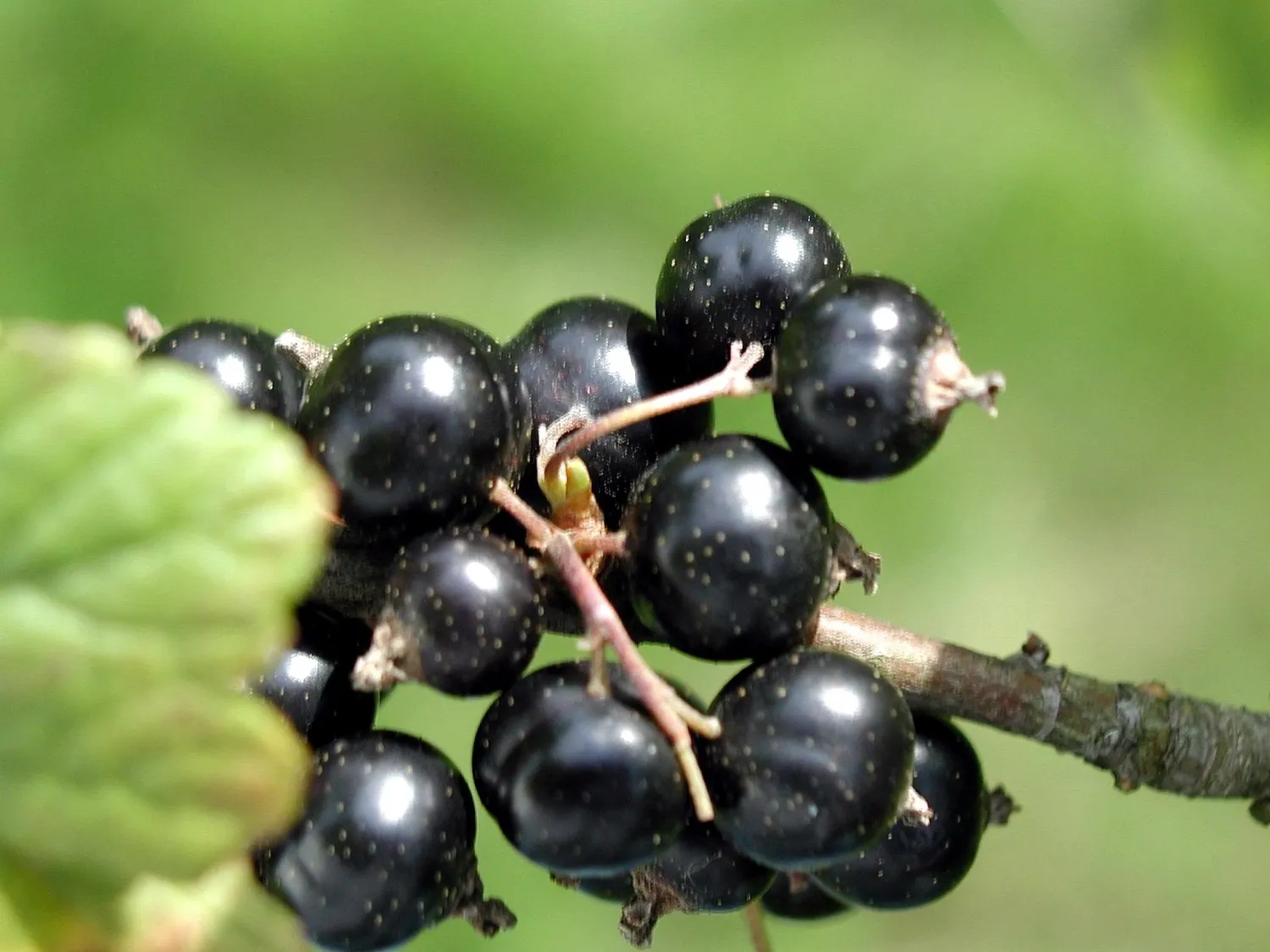

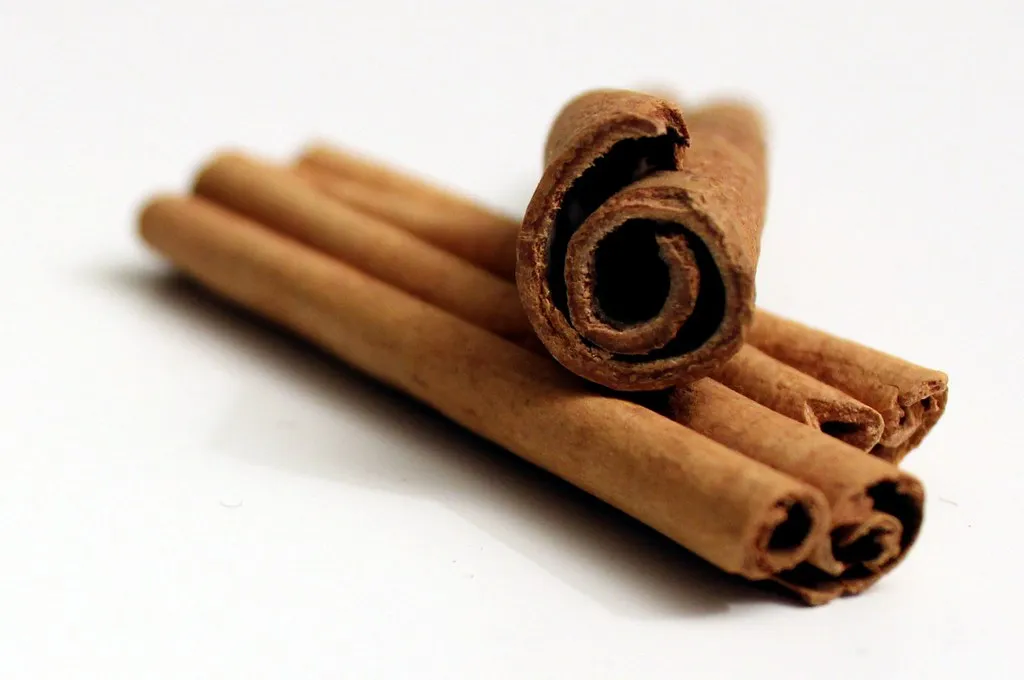
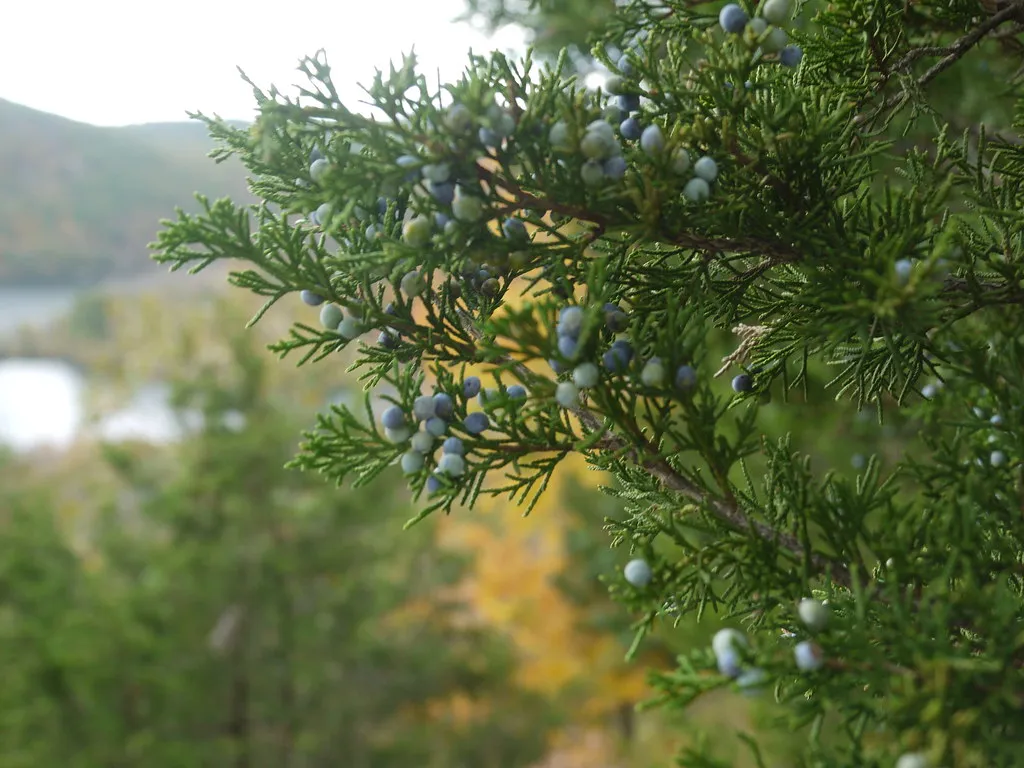

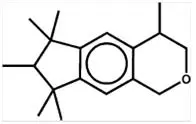
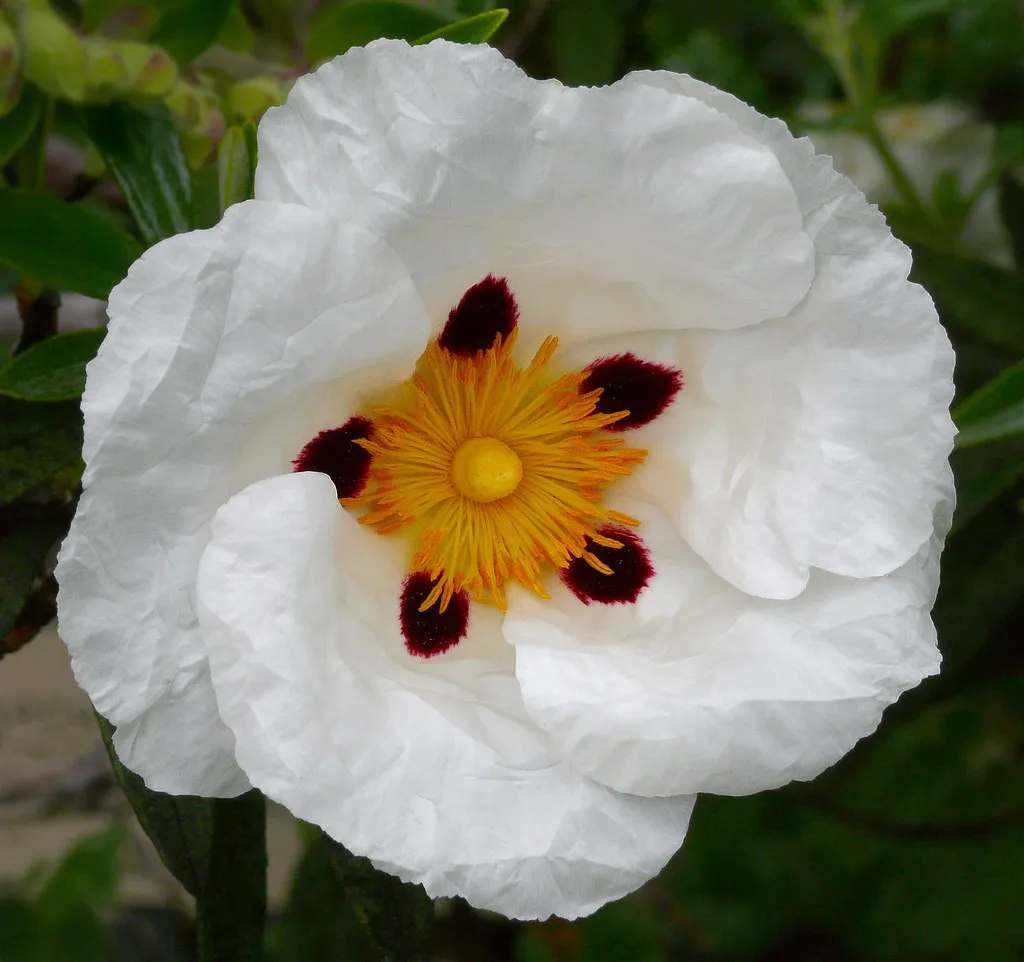
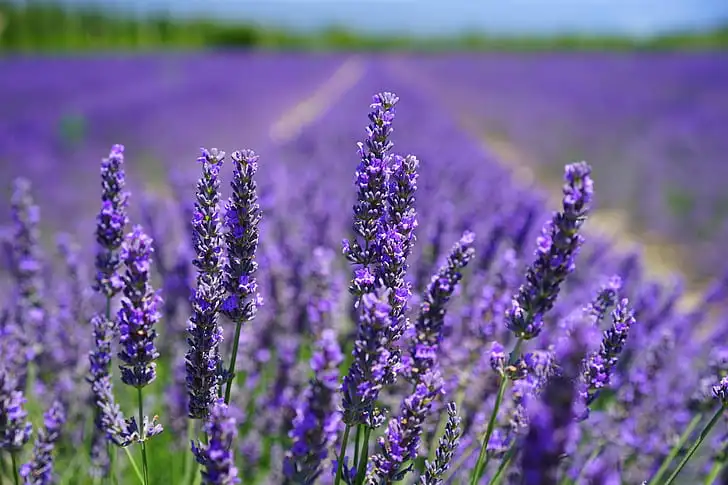
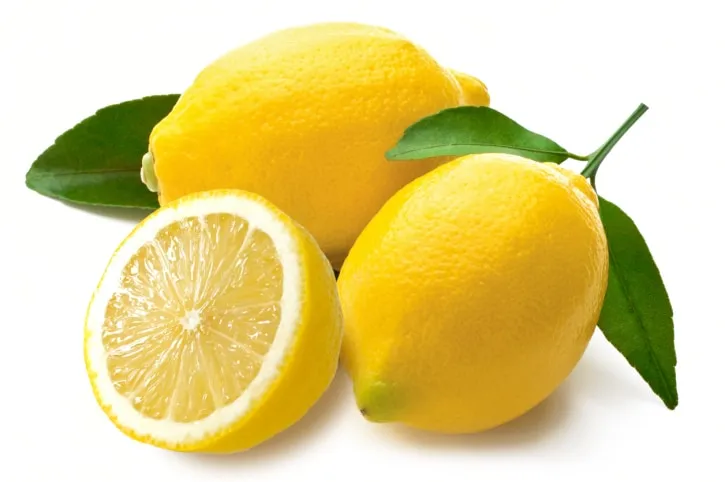
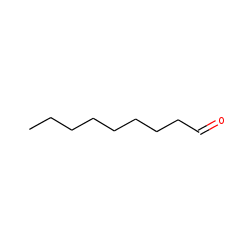
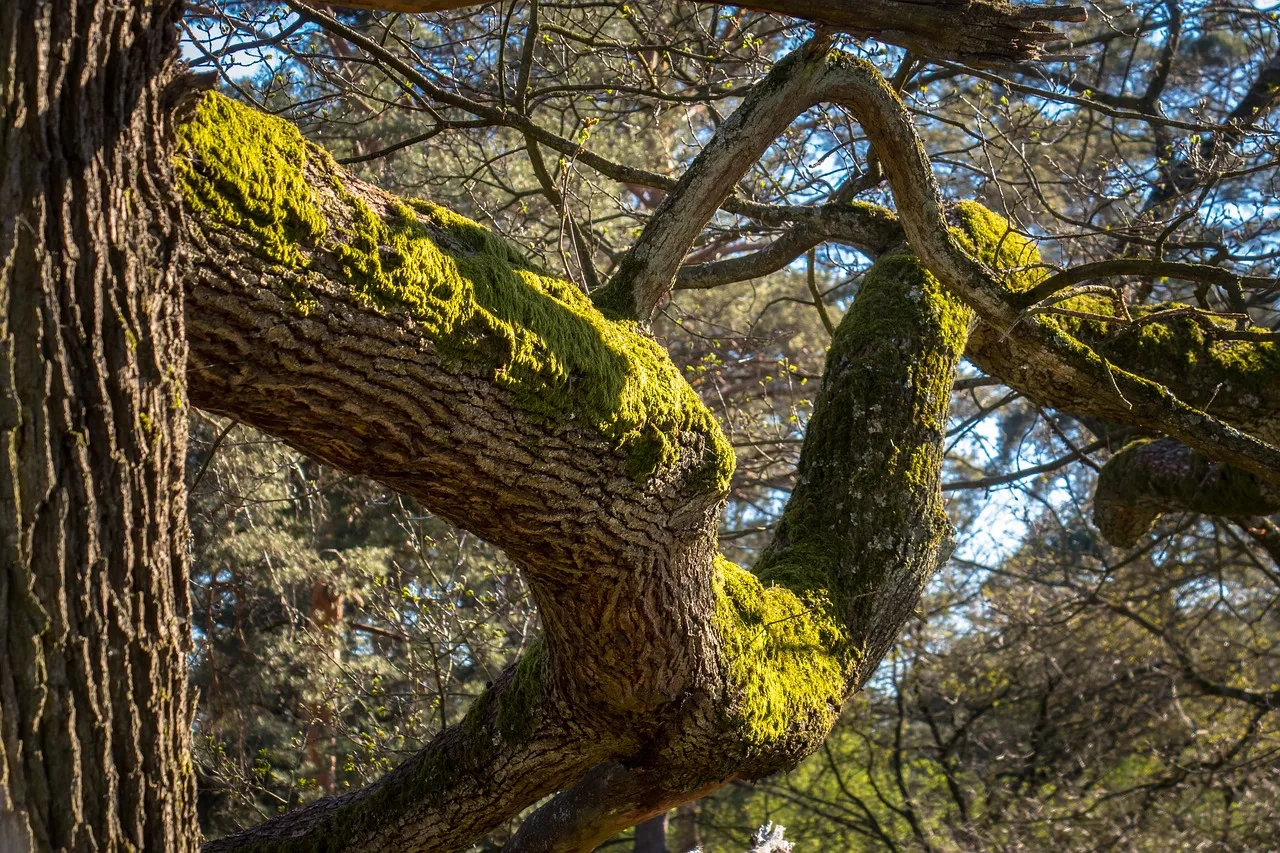
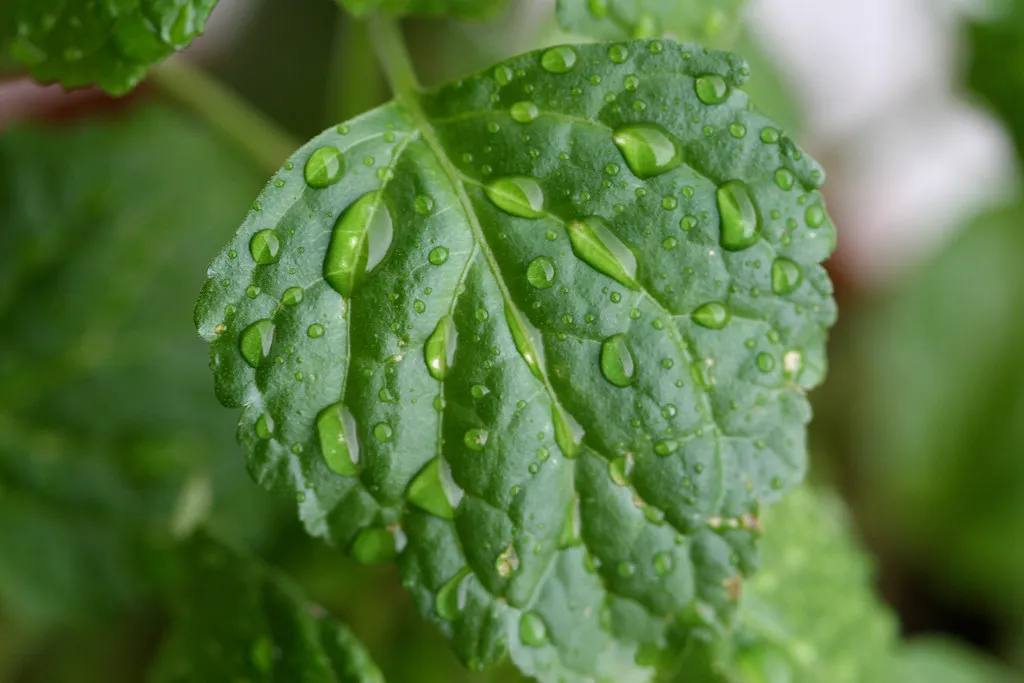
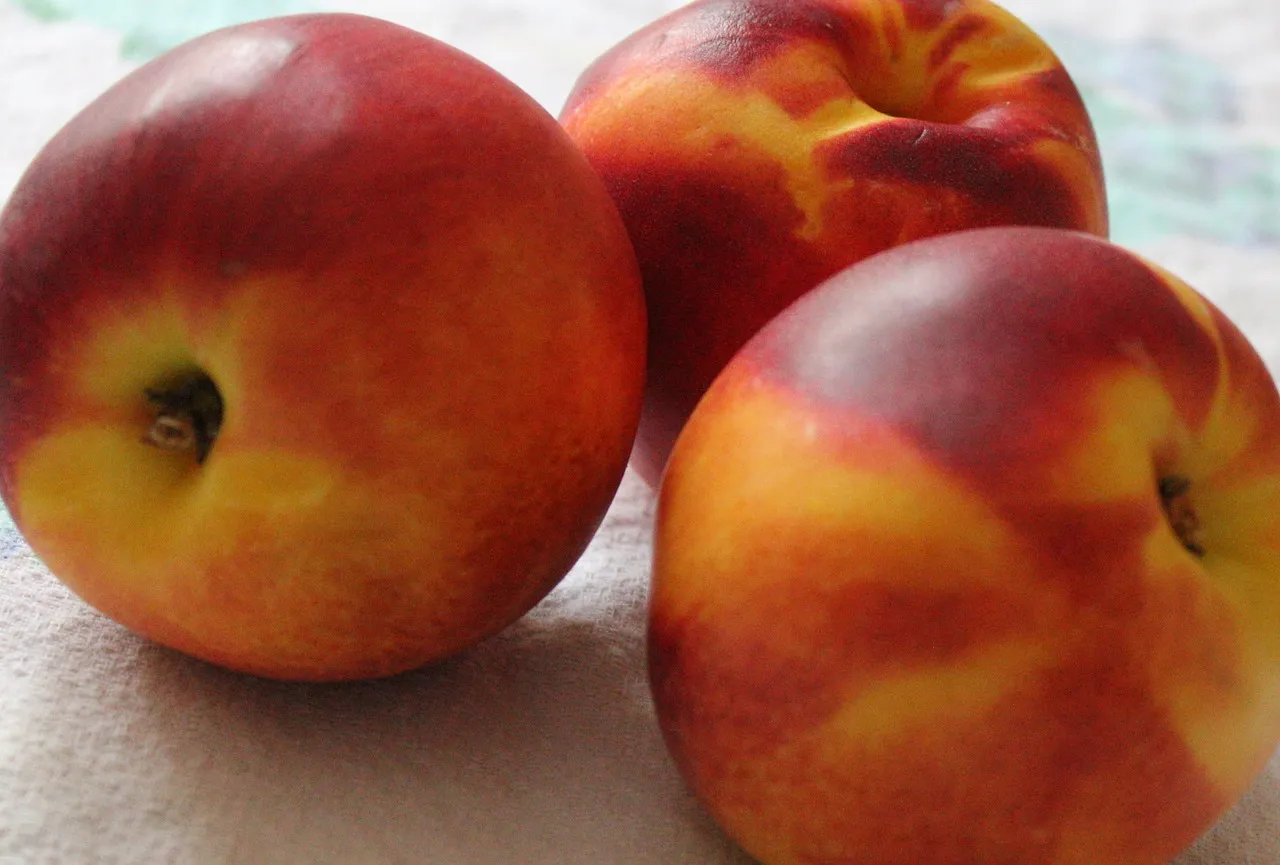
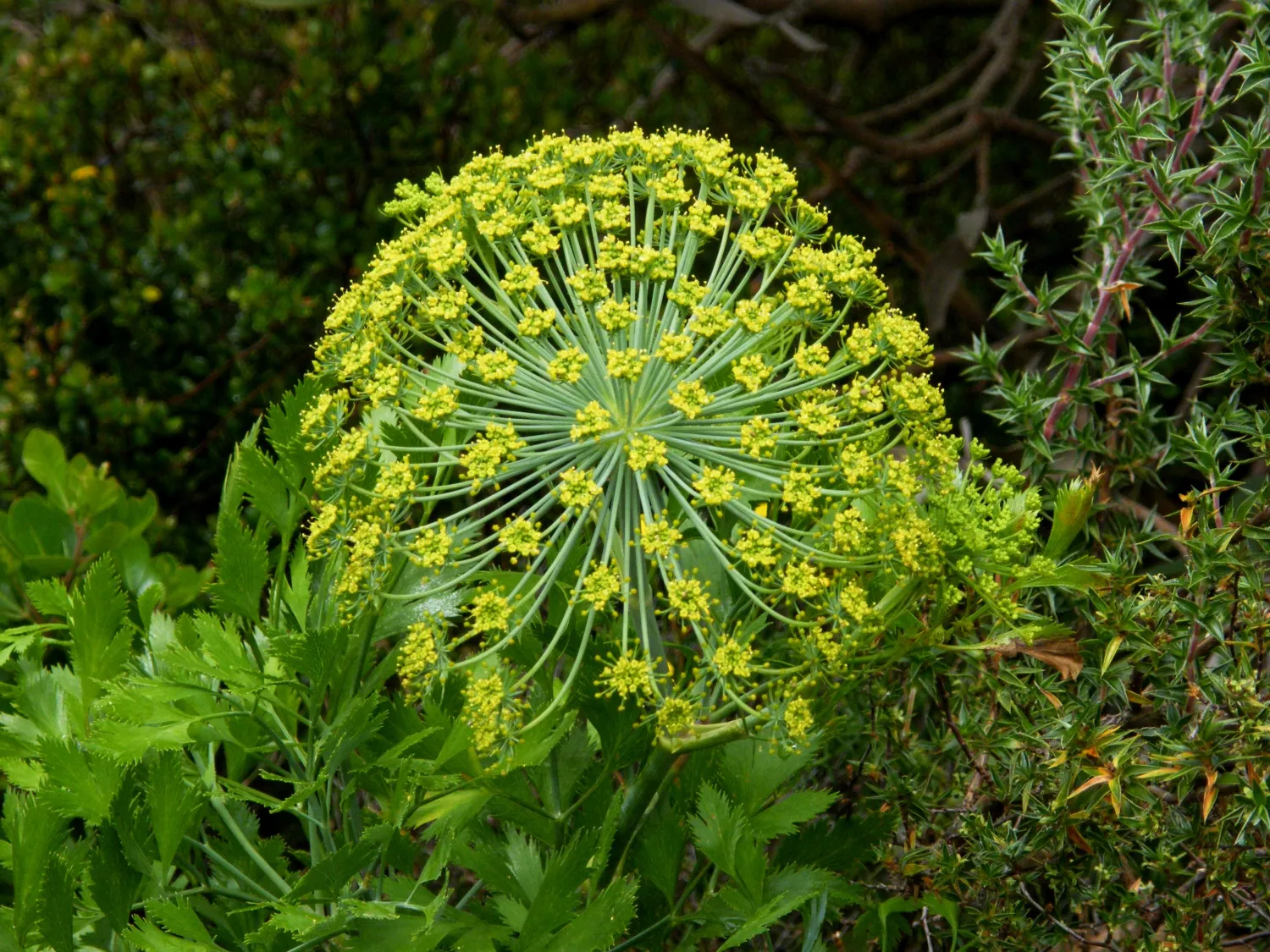
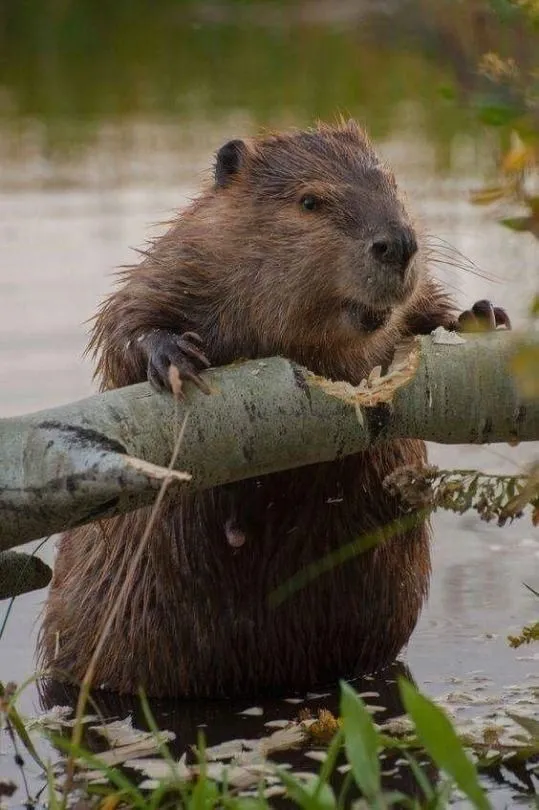
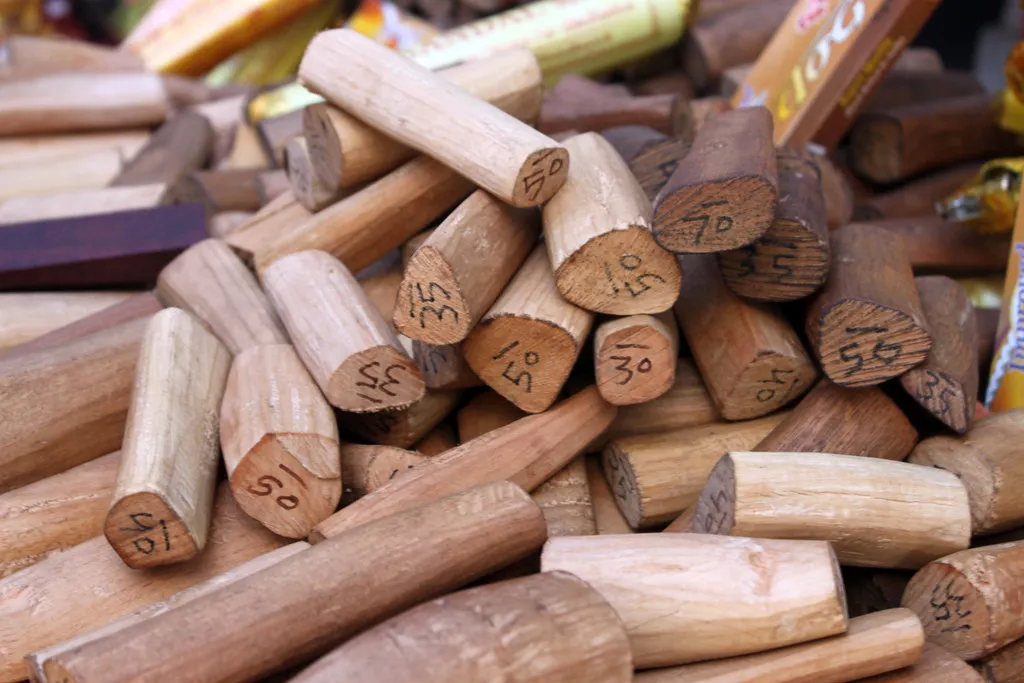
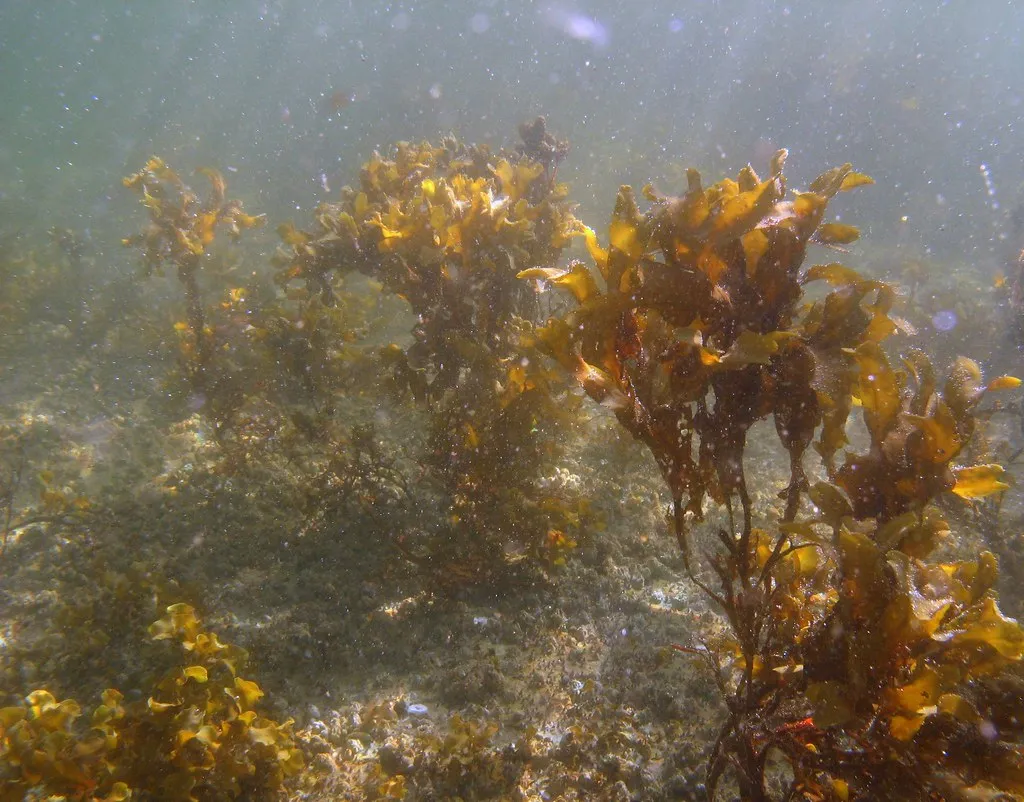
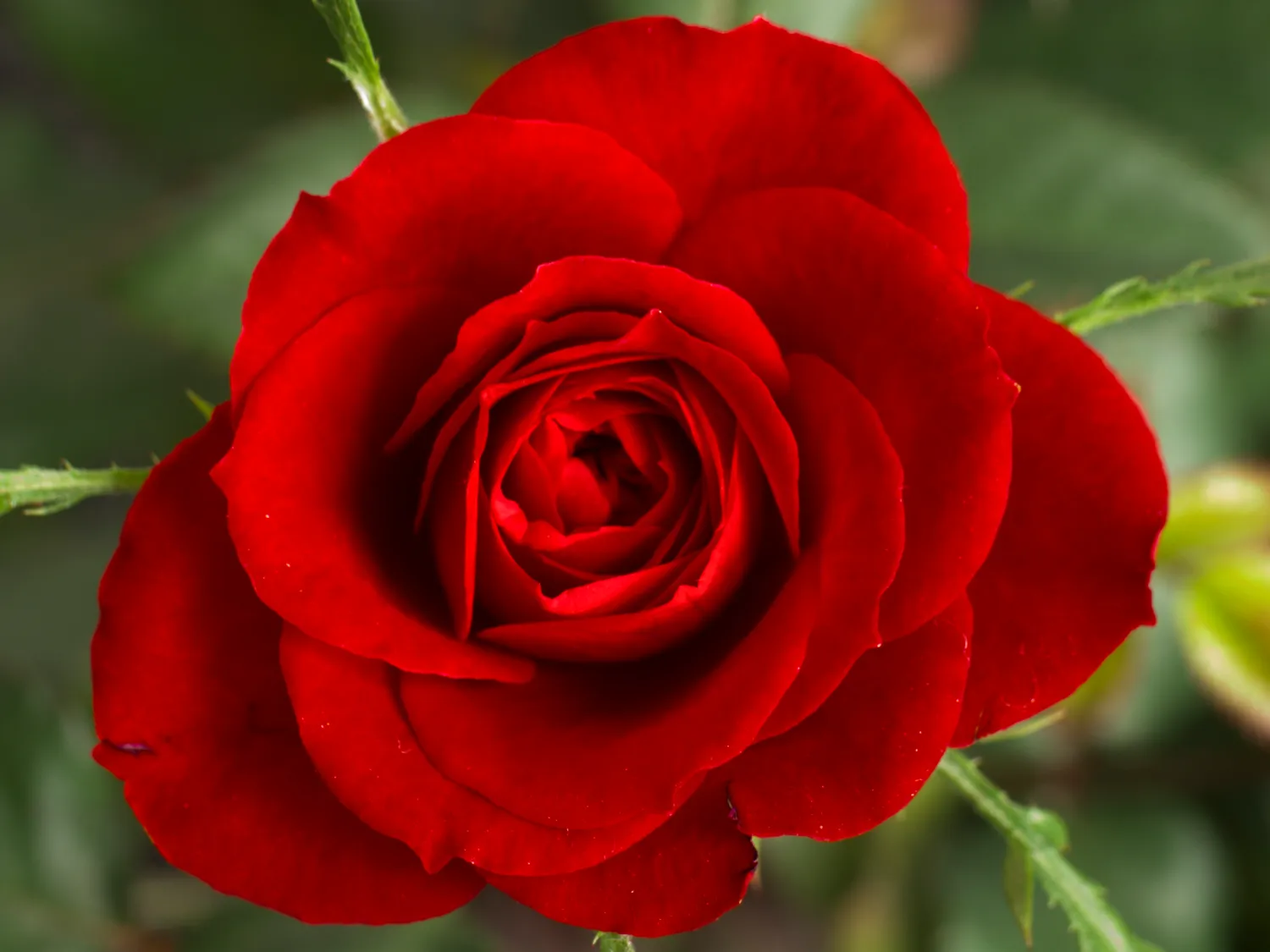
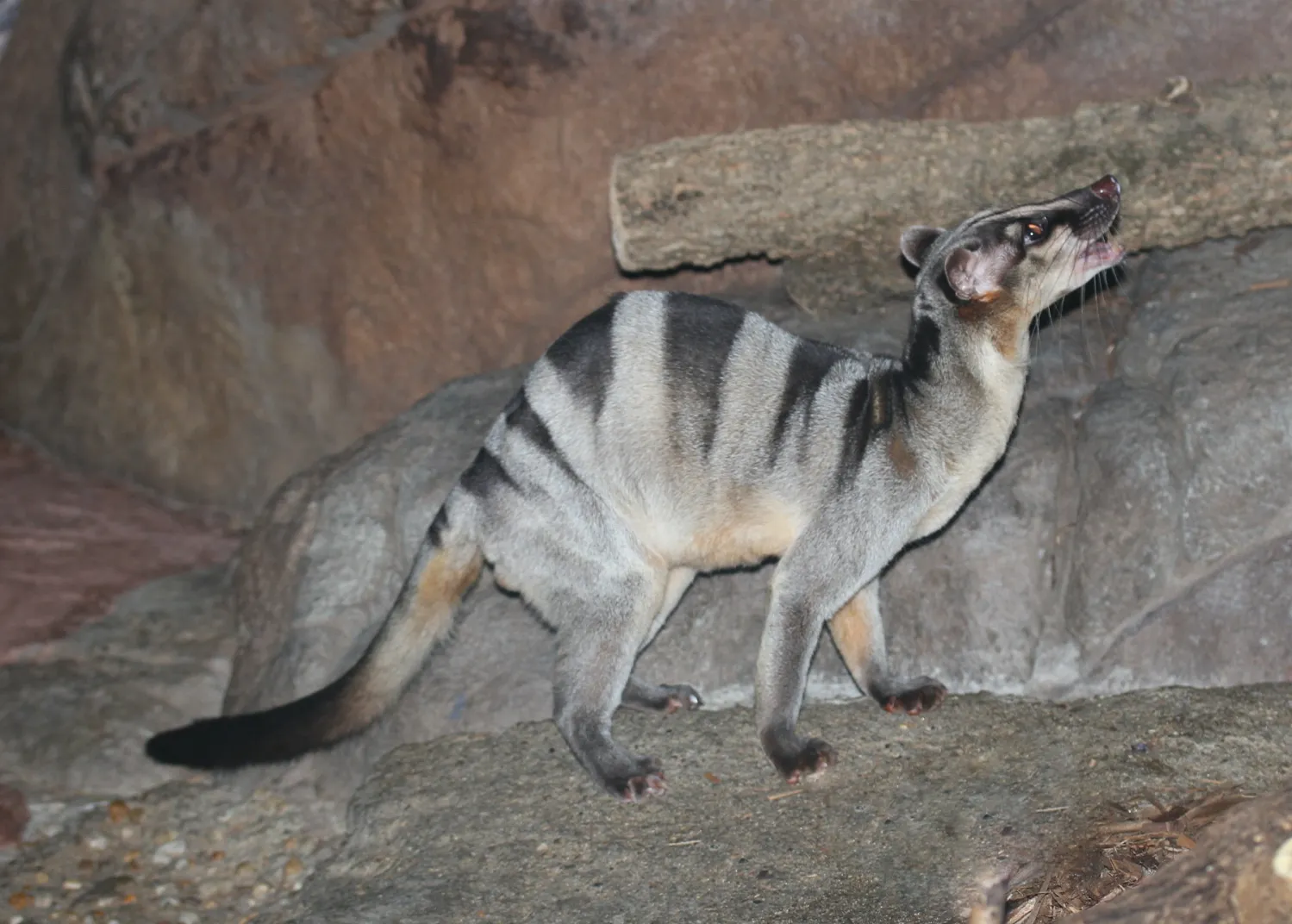
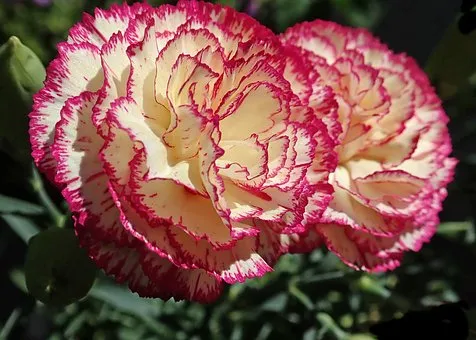
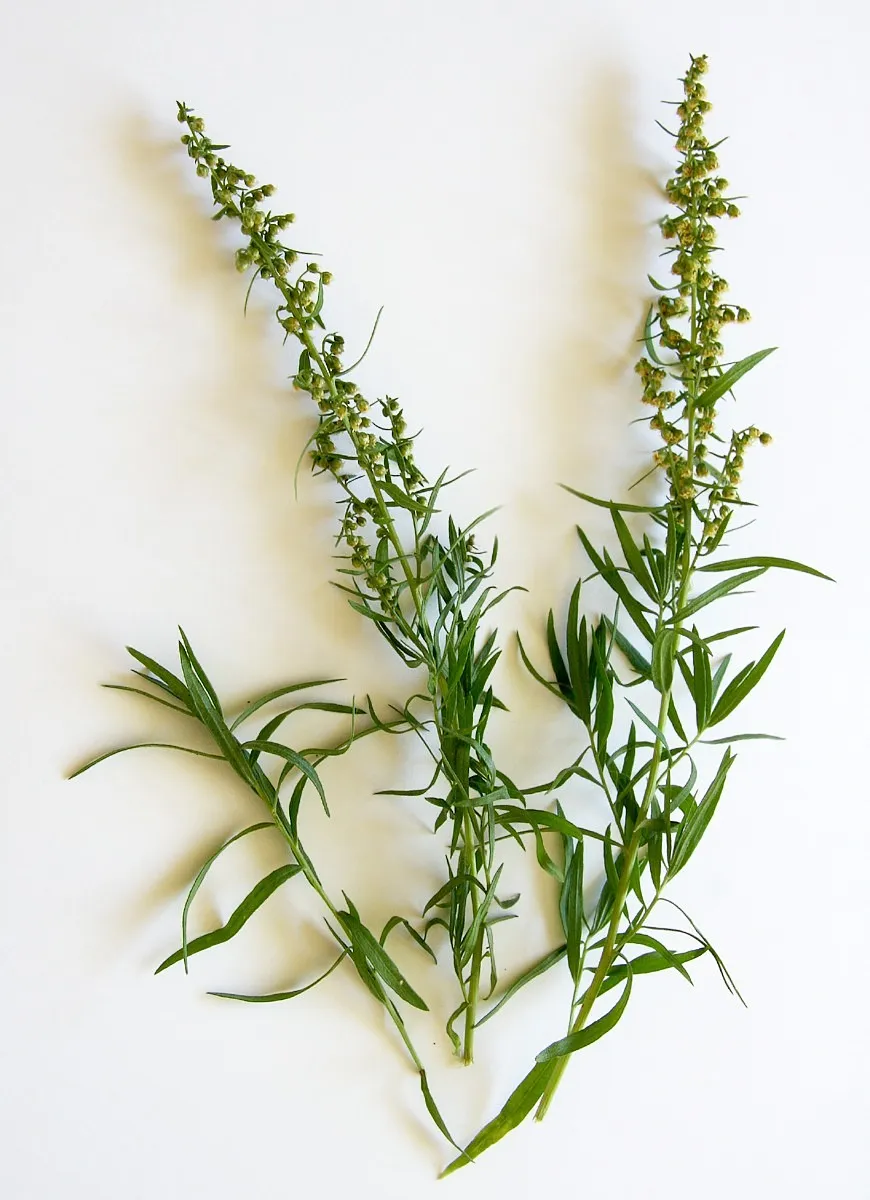
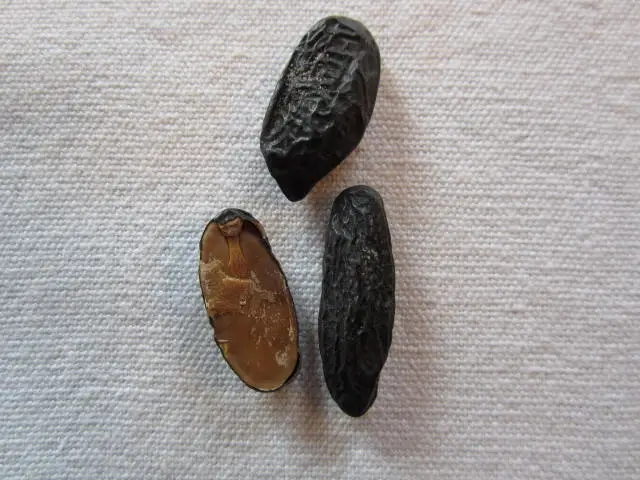
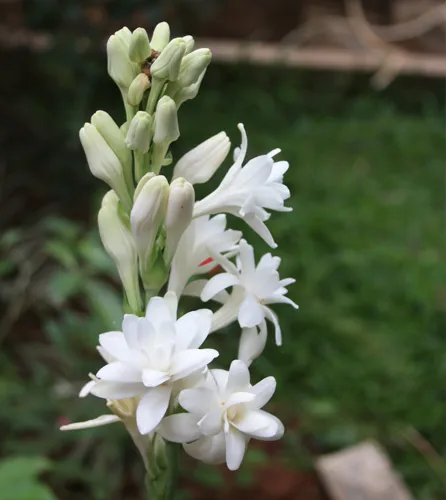
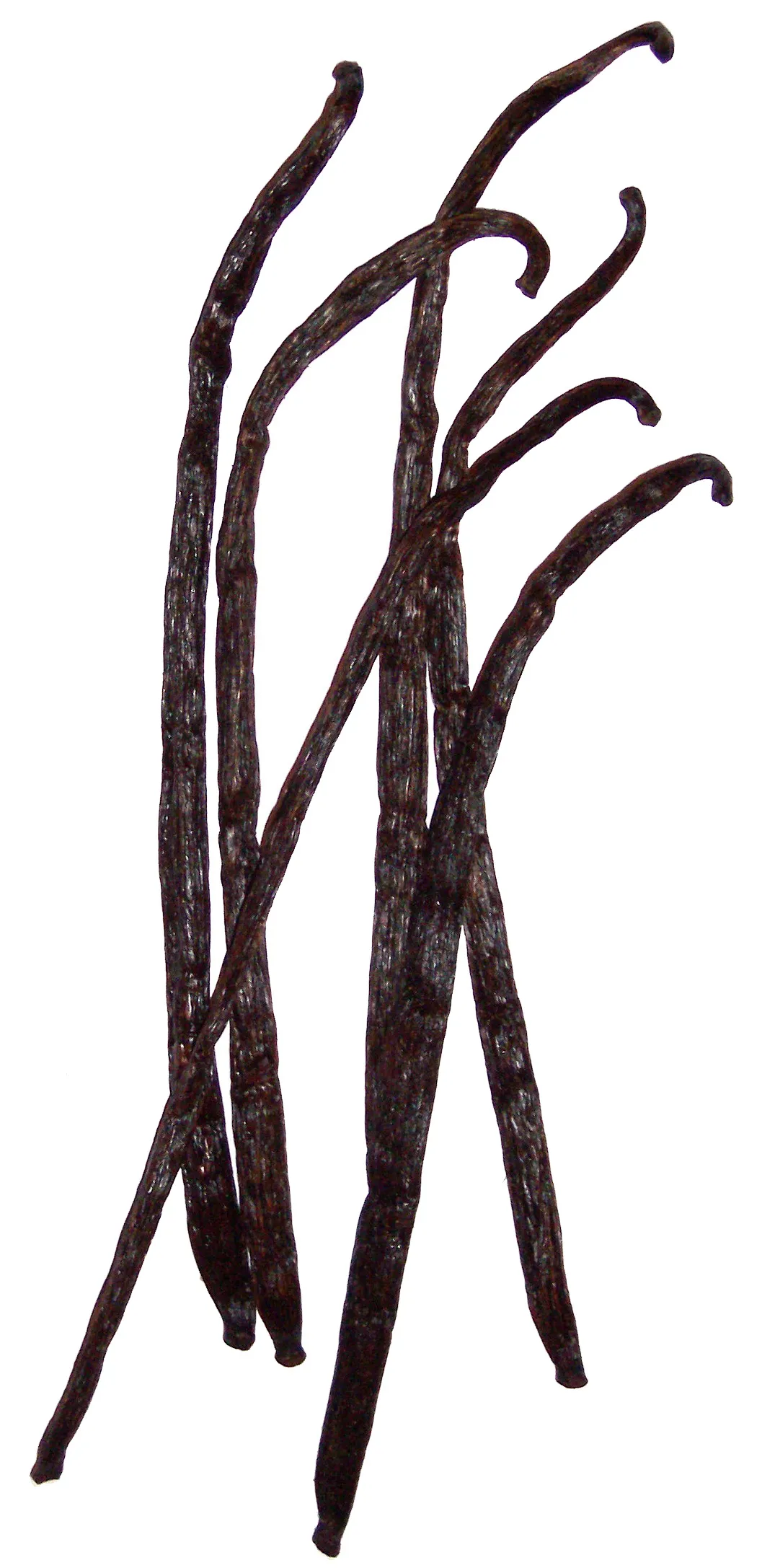
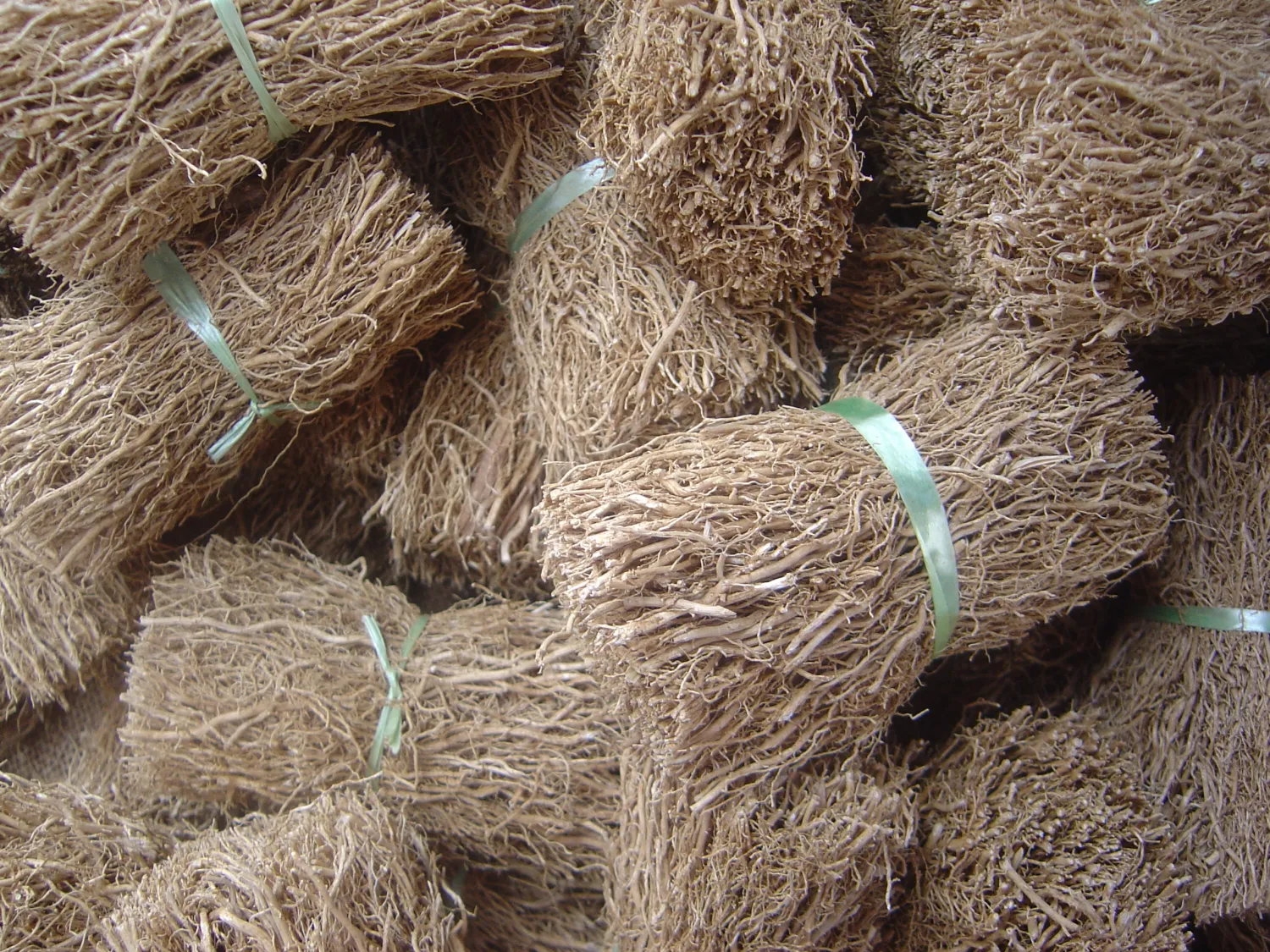
In addition to this classification, I recommend another system for identifying odors. To make it easier to memorize and to conceptualize “odor” as an object, I use words associated with another sense, in particular the sense of touch. So I say of an odor that it is hard, soft, cold, hot, velvety, dry, flat, sharp, silky, prickly, gentle, thin, heavy, light, harsh, fragile, oily, greasy, and so forth.
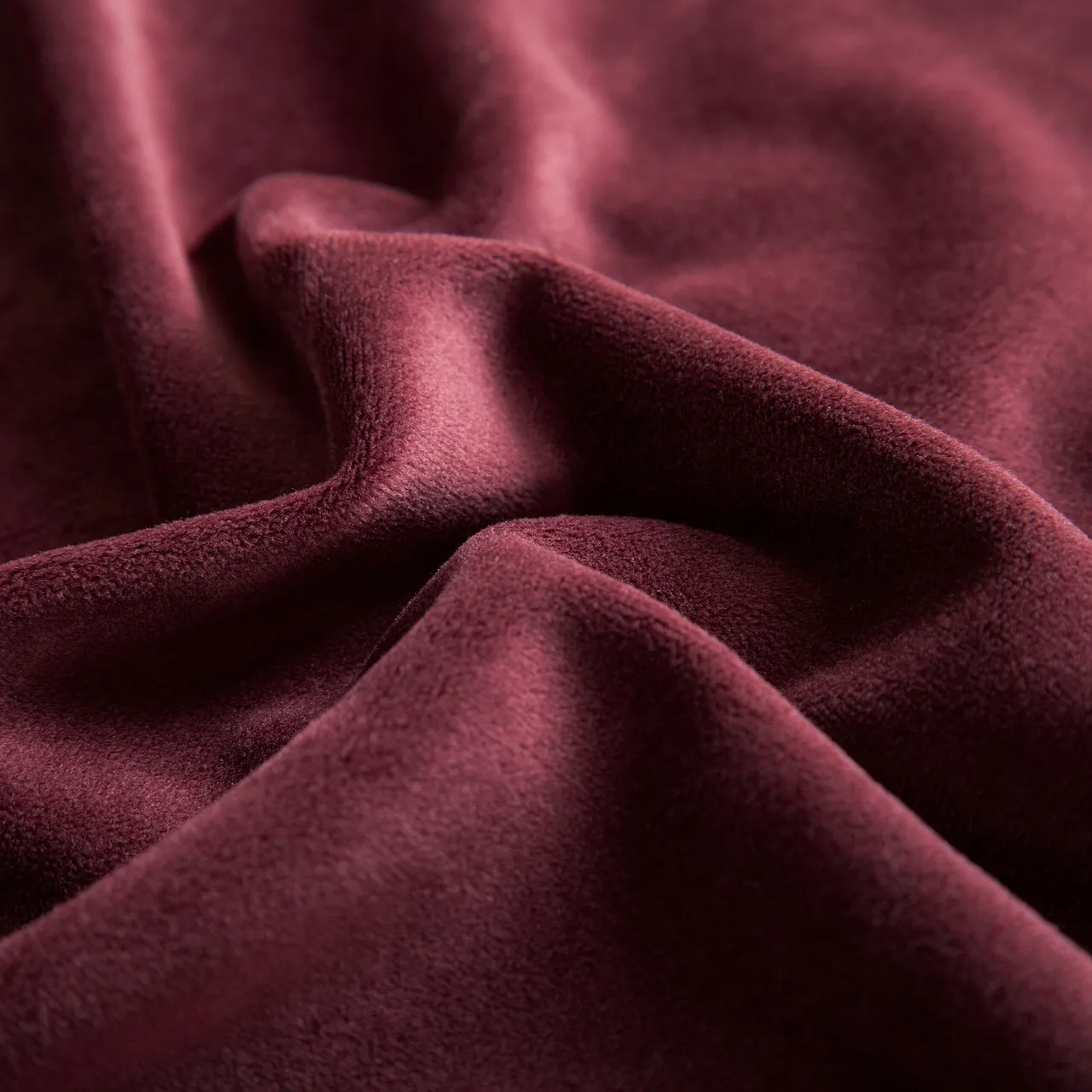
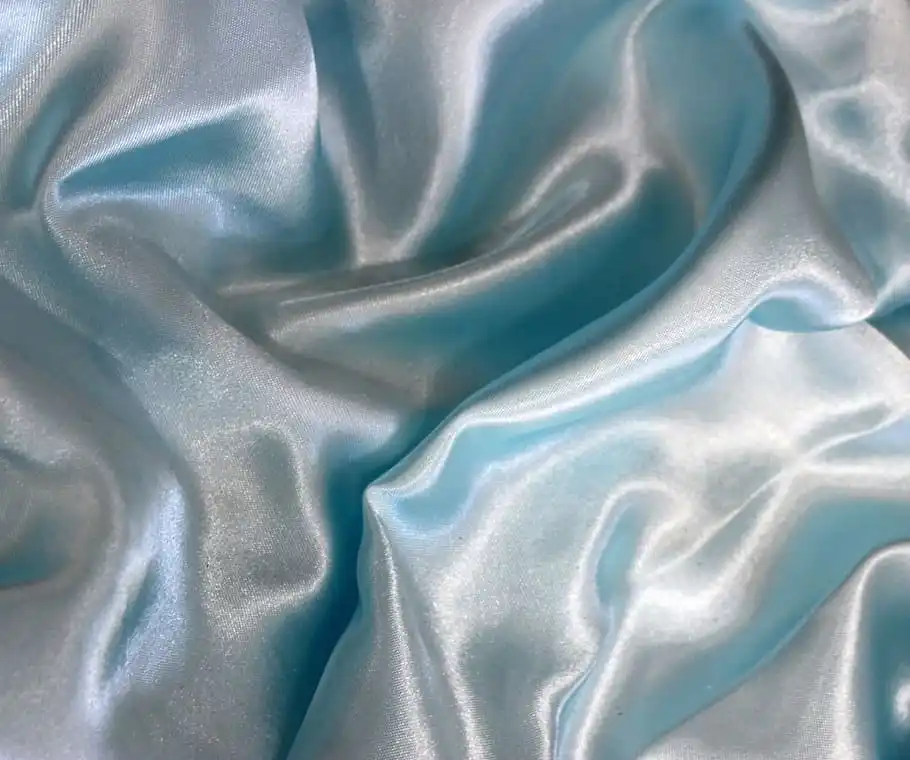
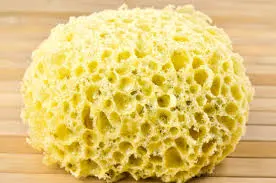
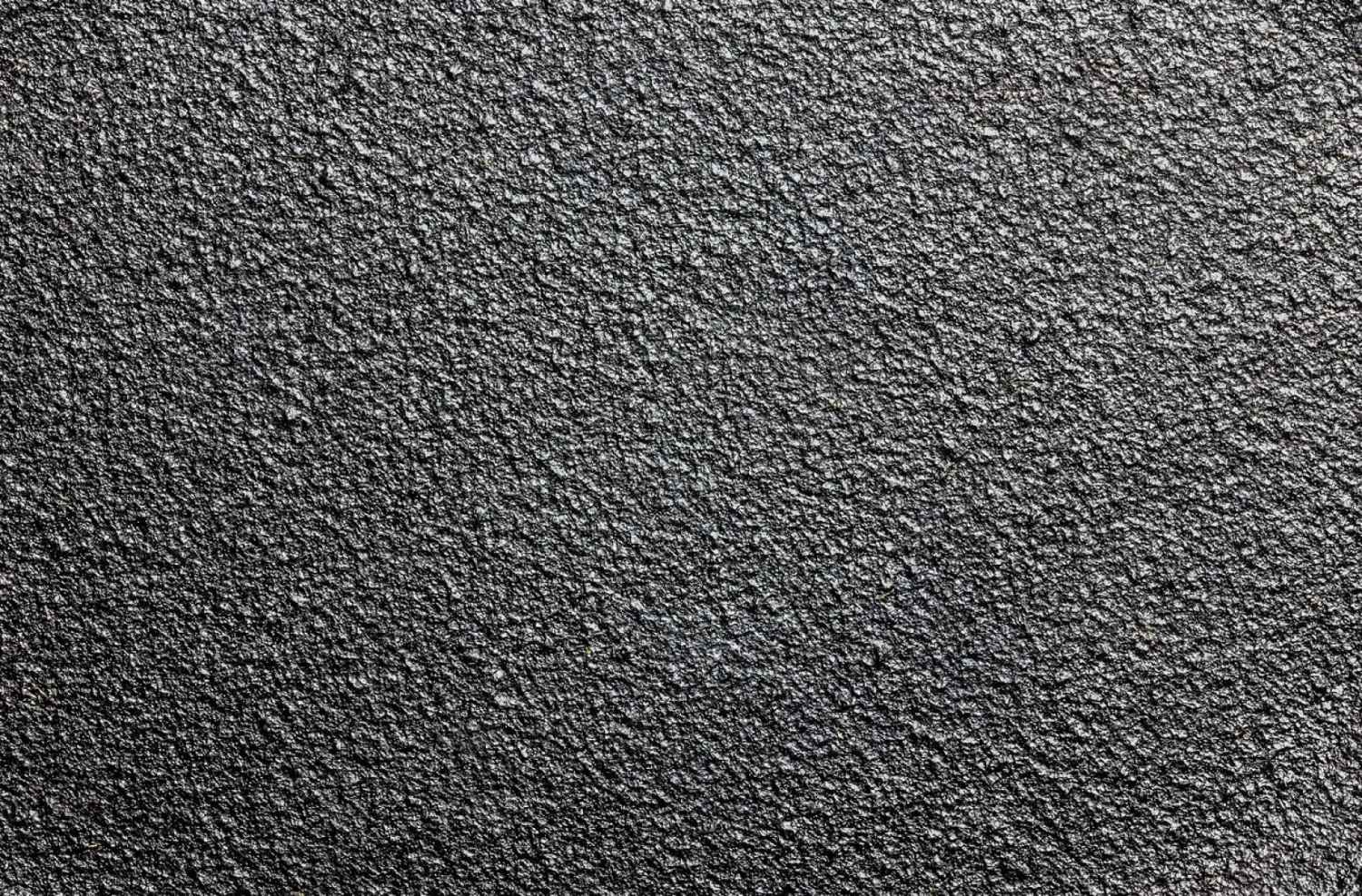
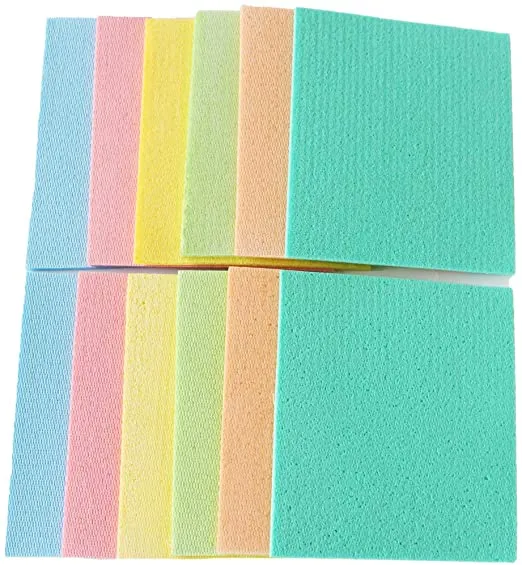
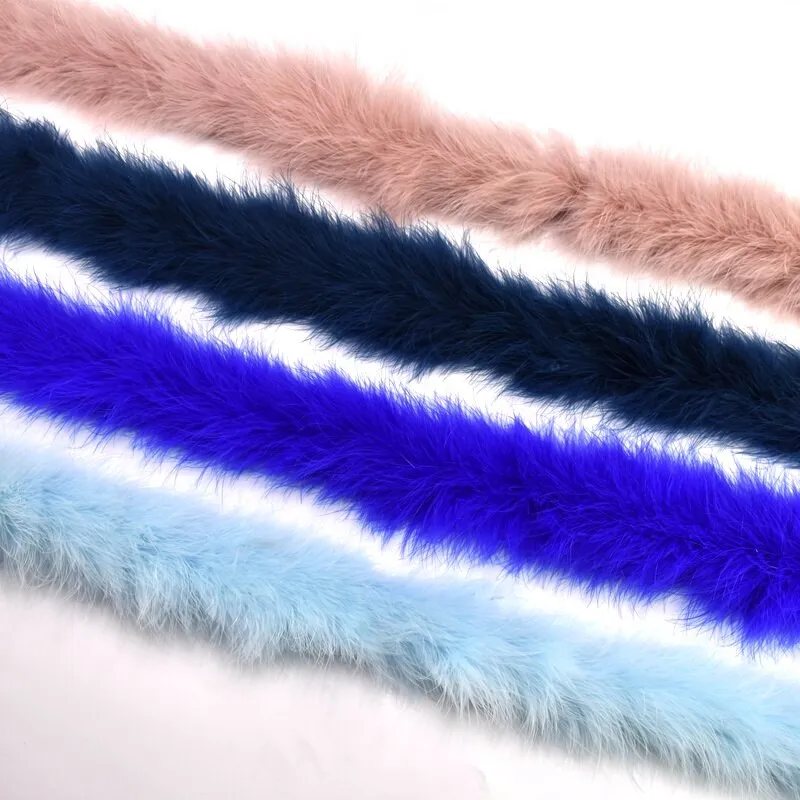
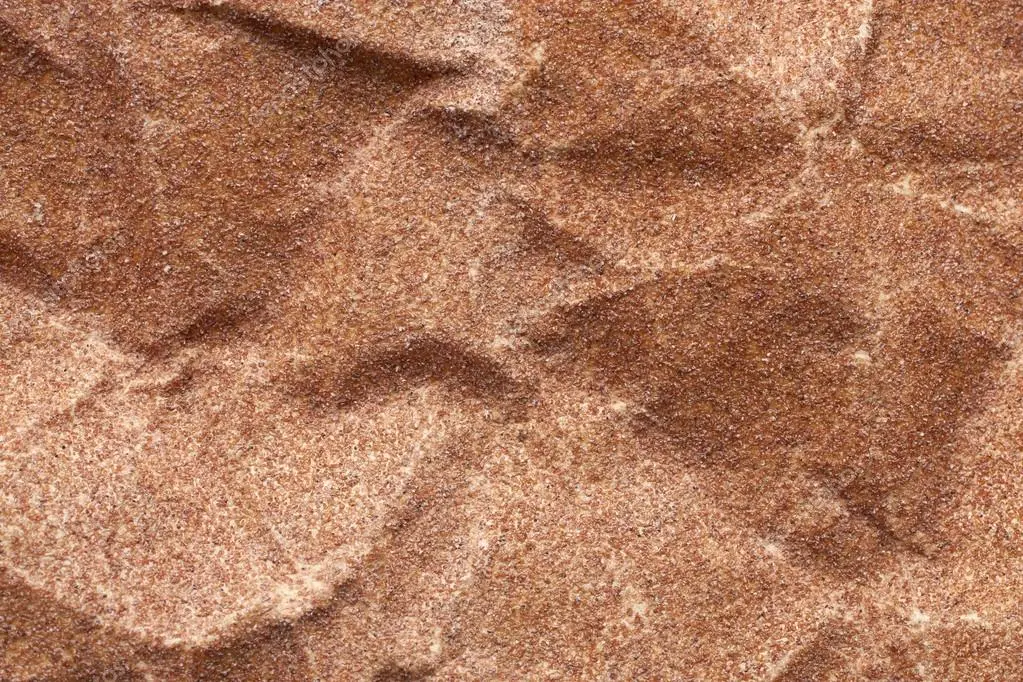
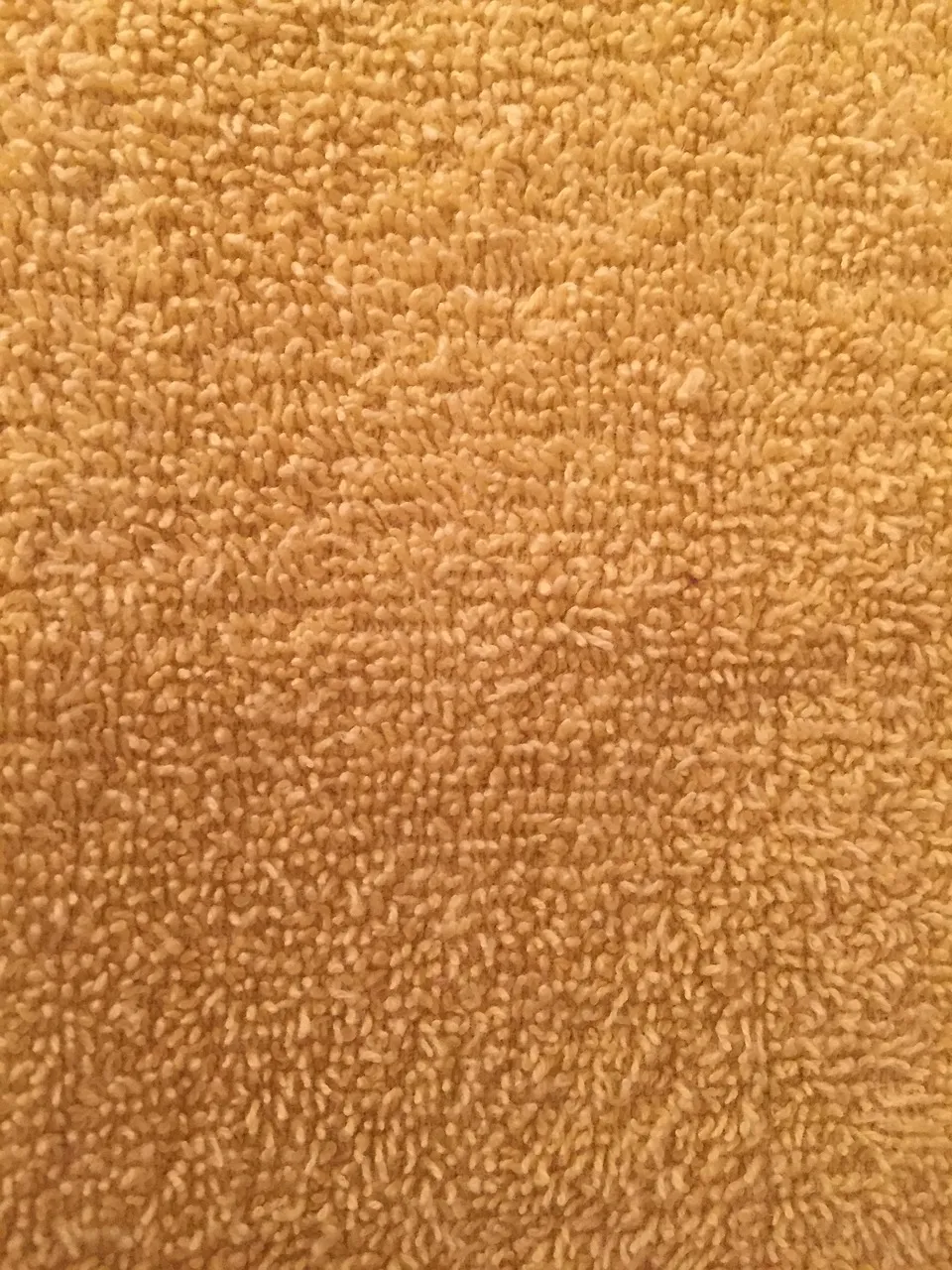
So the vocabulary specific to olfaction consists of words for aromatic objects (soap, sweet, cigar, etc.), of names of flowers (jasmine, lilac, lily of the valley, etc.), of the names of chemical molecules (linalool, benzyl acetate, hexenol, etc.), or of their function (salicylate, aldehyde, etc.), and of words drawn from other senses.
However, what distinguishes the vocabulary of the perfumer from that of laypeople is the choice of a common language based on the training provided in perfumery schools and the discussions between perfumers and experts within the profession. This linguistic community creates a consensus around certain perceptual features. For the perfumer, soap, aldehyde, jasmine, nail varnish, rose, leather, wood, bonbon, and so forth are terms that describe the odor and not the object that produces it. A lily of the valley can be described as “jasmine”, as can a fragrance, a washing powder, and so on. For the perfumer, the word “jasmine” refers to an olfactory experience, which can be very different from the fragrance given off by jasmine flowers. For the professional, therefore, the vocabulary of odors no longer brings to mind the image of the source but a mental picture of the odor. The perfumer thus invents the object of his science; he invents odor, and that is the source of his creativity.
[1] e.o.: abbreviation for essential oil.
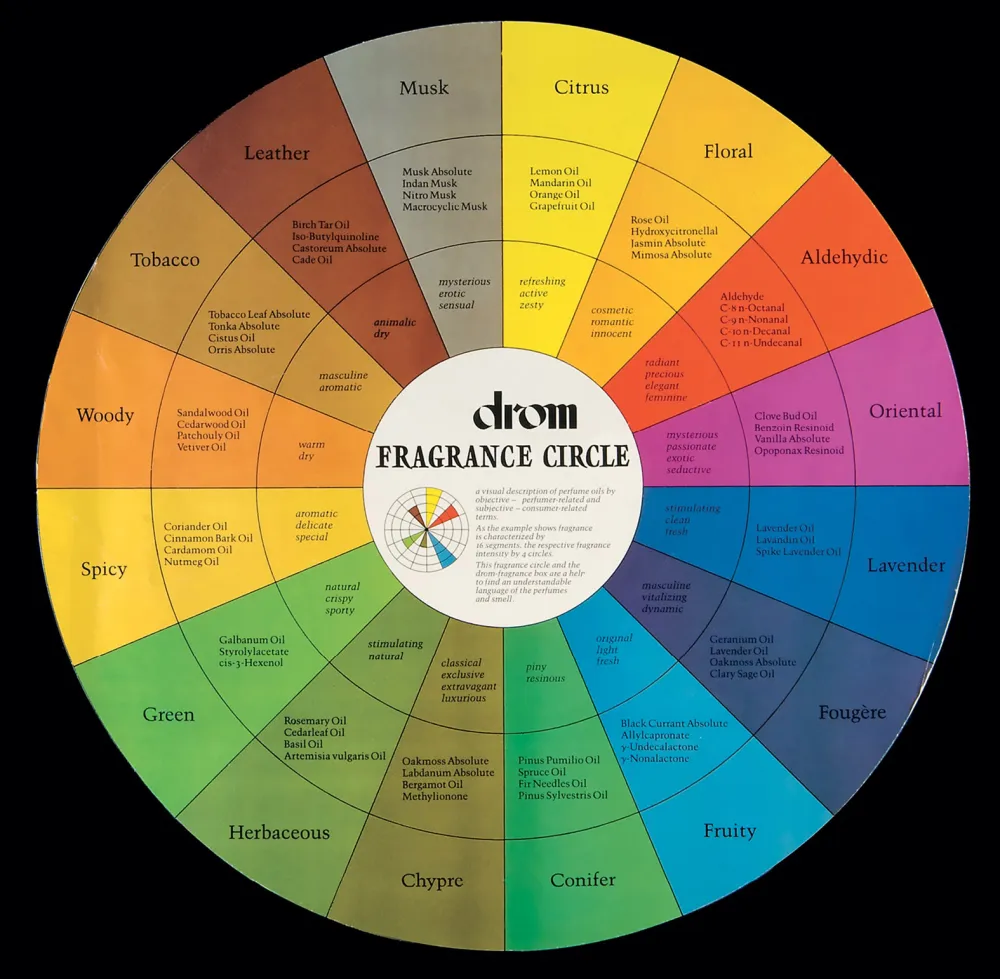
See also these articles that discuss the state-space of scents:
- Perfumery as an Art Form
- Qualia Research Diary: Scents
- The Fact That We Can Smell Functional Groups is Just Such a Thing
- Burning Man Theme-Camps of the Year 2029: From Replicator to Rainbow God (1/2)
- Finally, Luca Turin has recently been putting out videos discussing specific categories of scents by describing the history and use of classic aromachemicals that belong to each of these categories (highly recommended):
